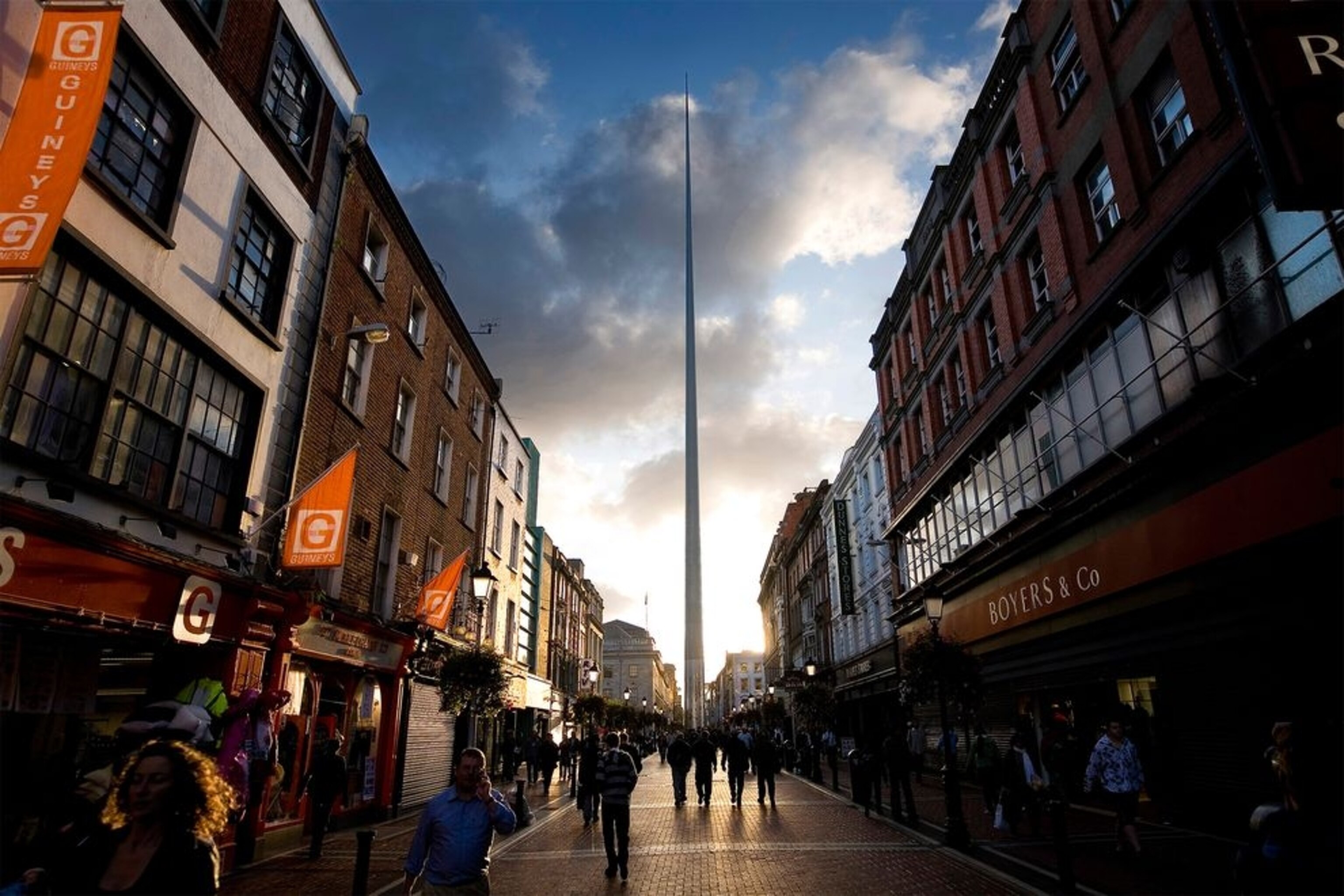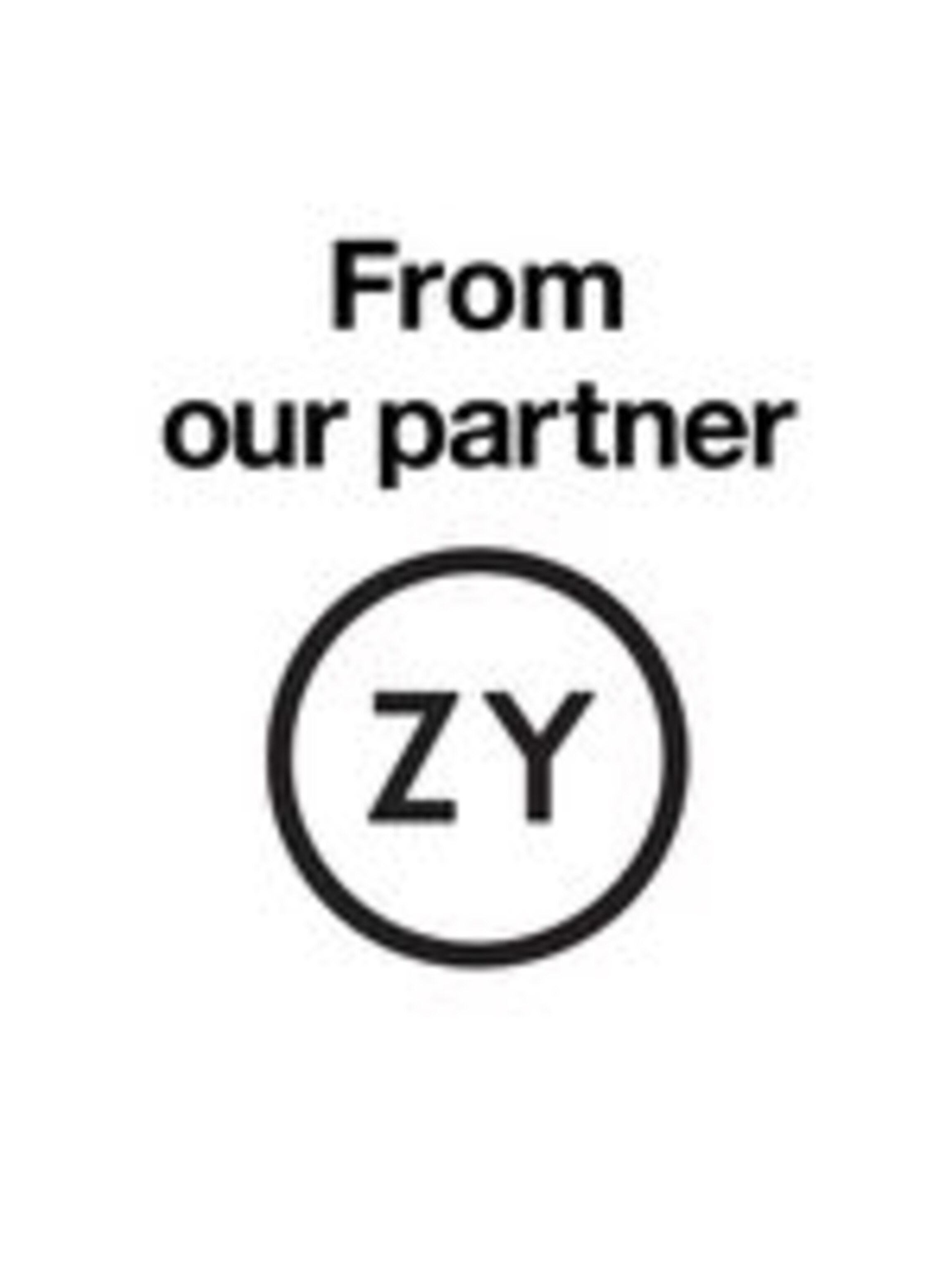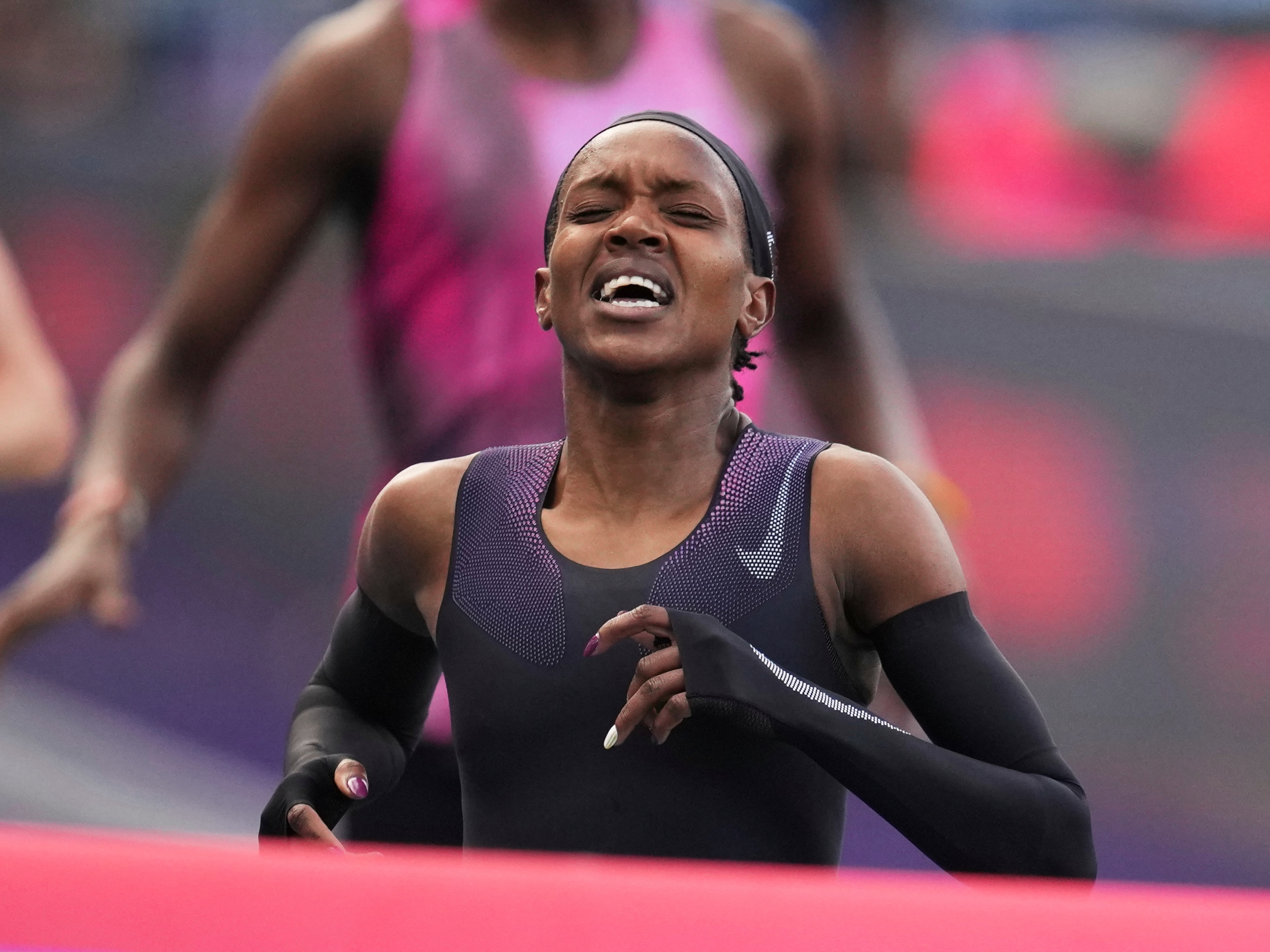
An Unexpected Capital for the Internet of Things
Dublin finds itself leapfrogging the competition in the race to a smart city.
Smart cities are the talk of all towns these days. Whether defined by ubiquitous sensors, high-speed Internet or smart transportation, every city from Seoul to Helsinki is teching up and boasting about it.
Now Dublin, from way behind, is angling to jump to the head of the pack. (See: "How the 'Internet of Things' May Change the World")
Ireland's capital is not particularly teched-out yet, but it's a thriving digital hub in another way. Owing to its business-friendly climate, the city has attracted the European headquarters of IT giants like Google - Ireland's No. 1 exporter - and Intel, which recently announced a $5 billion investment in Ireland. Other big local players include Amazon, Facebook, LinkedIn, PayPal, Twitter and Zynga. Now Dublin wants to bring innovation out onto the streets and cover itself with sensors on an unprecedented scale.
With the help of Intel, Dublin's brick lanes, lush parks and gray river banks will soon be seamlessly linked with high-tech sensors capable of gathering information such as air quality, noise levels and microclimate data. The project will initially focus mainly on environmental data, but the smart network is designed to implement a range of other applications in the future, from citizen feedback to guiding tourists.

"This will be a strong, unique selling point for Dublin and help us consolidate the brand of a digital hub," says Peter Finnegan, Dublin's director of economy and international relations.
Dublin isn't the only city sensoring up. In Spain, IBM has helped blanket Santander with approximately 12,000 sensors, while Chicago is installing hundreds of lamppost environmental sensors. Even Christchurch, New Zealand, is installing kits all over its central business district.
But Dublin aims to be the largest city to be fully covered in sensors. In total there will be about 200 gateways - at least one per square kilometer - each containing up to a dozen sensors, depending on specific needs. The pilot project will use Intel Quark technology developed in Ireland, which allows for low power usage.
The City Council hopes the futuristic network will attract interest from investors and companies looking to innovate in the city. Ireland could certainly use the investment, as it recovers from the economic crisis that left it with a 14.7 percent unemployment rate and gross domestic product growth of not even 1 percent.
While financial details of the project are confidential, Intel will bear most of the cost. It has reasons: It's keen to test the technology on a substantial scale before rolling it out elsewhere. Dublin proved an attractive test ground not just because it hosts an array of tech companies, but also because it's small enough, with just over a half-million people, that the intensive project can be set up with ease.
That said, it's yet to be demonstrated that living inside the Matrix will improve the lives of Dubliners, and it's not clear who will benefit from turning the island nation's capital into a veritable Internet of Things. Sometimes technology efforts just seem to complicate simple things - for example, smart light bulbs that have to be programmed compared with simply flipping a switch.
Data from the monitoring stations provide real-time information on meteorological conditions, air quality and potential health risks, as well as the chance of flooding. Still, Dublin's had only 13 smog warnings since 1995, after regulations were tightened up. "We think we will see some novel, innovative services being deployed that we cannot predict today," says Martin Curley, vice president and director, Intel Labs Europe.
The council wants residents to participate, allowing students or other local companies to test different applications. Students at Trinity College, for example, have developed a pilot application called CityWatch, where citizens can contribute feedback to the council on what they would like to see change in the city, from a broken lamppost to a poorly placed traffic sign.
"This will make administration more effective and able to answer and address the city's needs," says Finnegan.
Tourists might soon travel through the city guided by an app without the need to connect to Wi-Fi. Local businesses could send out special offers to passers-by electronically.
Clearly, some applications are more appealing than others. The stations could be used for video monitoring and preventing crime, or to track people through phones or special bracelets so that, for example, a lost person with Alzheimer's could be located. But it is all a bit Big Brotherish. Constantly allowing Apple to know our locations or letting Google skim our emails for advertising purposes rings the same bell.
Even Curley admits there are ethical and privacy issues at stake. "But we use standard procedures to ensure full compliance with national and EU legislation," he says.
Promises aside, once the network is in place, success will be measured by how Dubliners use it. At the city's Open Innovation 2.0 conference last year, more than 94 percent of Dubliners surveyed said they would like to see Dublin used as an experimental site for new technologies. Smartphone penetration in Ireland is very high - 61 percent and expected to reach 72 percent by 2015.
Yet there are still many skeptics. "Shouldn't they have consulted us before doing something like this?" asks Anthony Boldon, a 33-year-old actor from the city who does not own a smartphone. "And what about those of us who don't want to be part of it? They will gradually exclude us from the public sphere."
The first terminals are in place, and the network is expected to be up and running by March 2015. From then on the experiment will begin.
"We think it can be a lighthouse project for other cities," says Curley. "The deployment in Dublin has already helped inspire the city of San Jose [California] to install distributed air quality monitoring solutions."
In any case, the race is on to master the Internet of Things, whether Dublin heads it or not, and whether or not people love the idea.
You can follow Laura @LauraSecorun.
This piece comes from our partner OZY.







